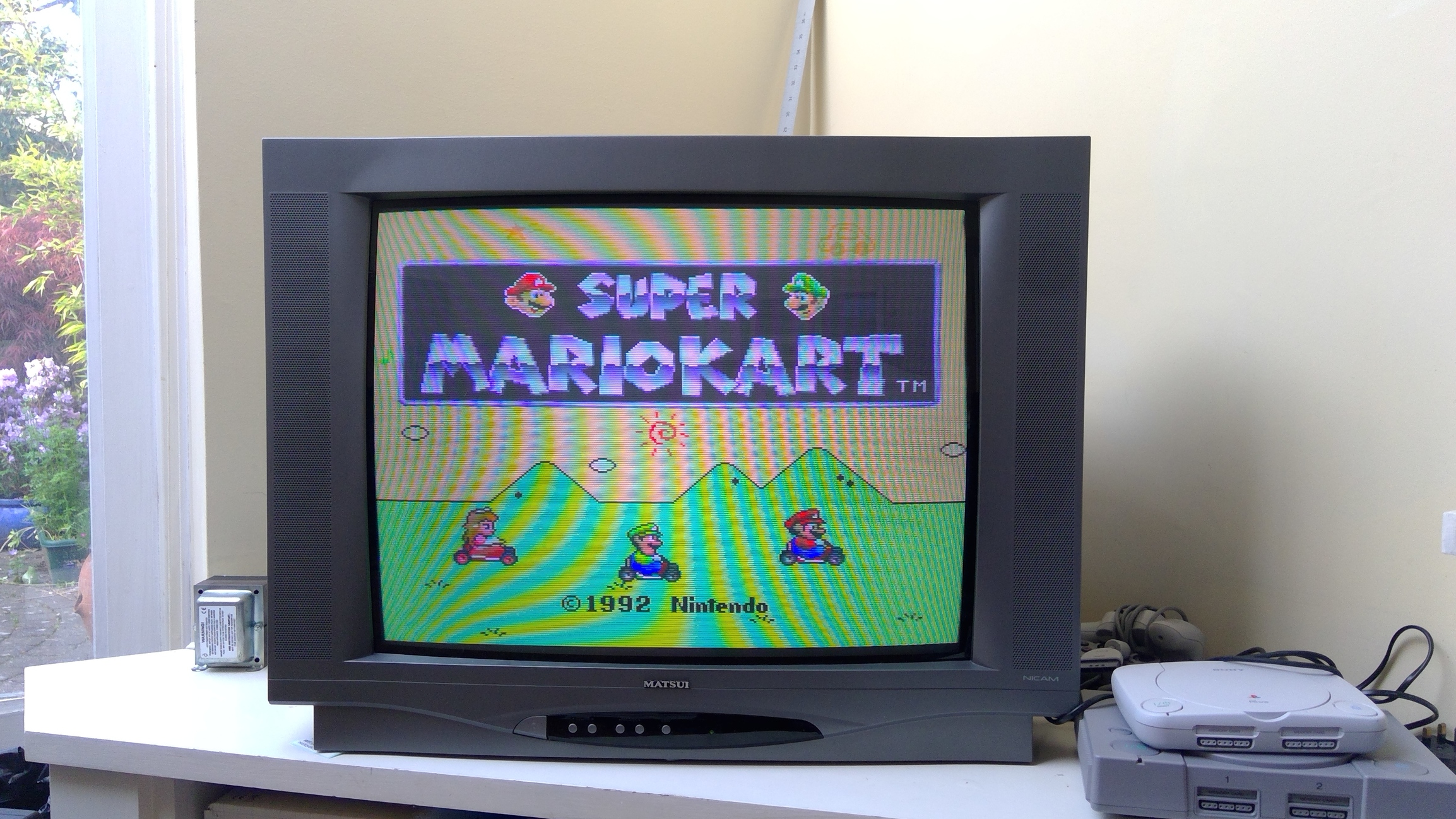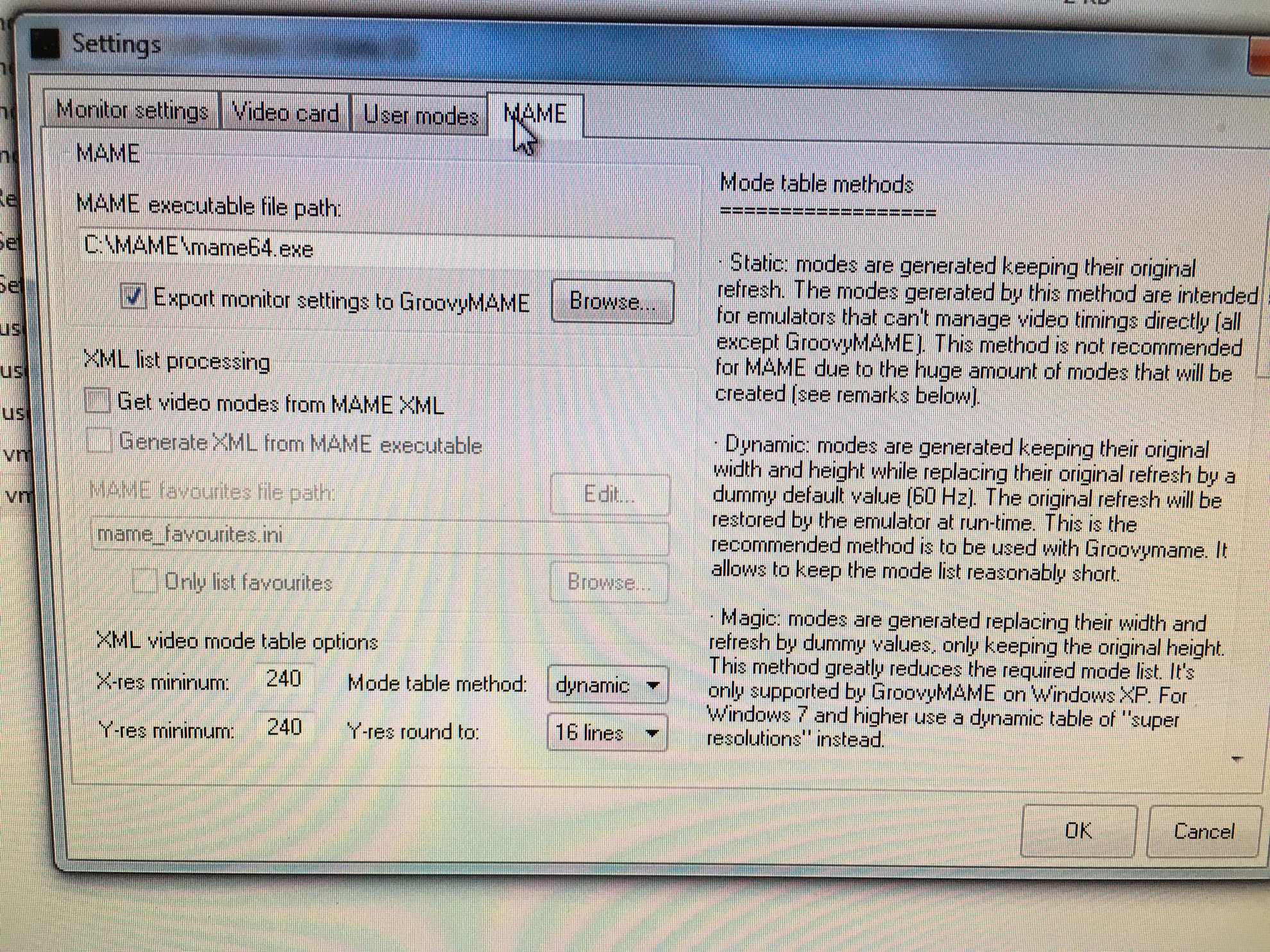
If using a binary file, the base_address also must be specified.

It may be an executable (axf) or a binary (bin) file.
filename is the file to flash program. -wire=hid (or LPC-Link on Windows Vista or Windows 7. -wire=winusb for LPC-Link on Windows XP, Windows 8, Linux and Mac OSX. for use with LPC21xx/22xx/23xx/24xx parts. for use with LPC11U6x, LPC11E6x, LPC8xx, LPC15xx parts. flash_utility when using LPCLink or Red Probe(+) with LPCXpresso IDE 8.0 and earlier:.  Note: From LPCXpresso IDE v8.1 and later, LPCLink and Red Probe should also be used with the redlink flash utility. Note: Both the LPCXpresso V2/V3 boards and RDB4078 incorporate a built in LPC-Link2 debug probe. flash_utility when using LPCLink-2 or any CMSIS-DAP probe connected to a Cortex-M CPU is:. flash_utility wire -p target -vendor=NXP -flash-load "filename". The flash programming utility takes the following options: see Using the GUI flash programming tool. Note: A simple way of finding the correct command and options, is to use the GUI Flash Utility, the completion dialog shows the exact command line invoked by the GUI. To run a flash programming operation from the command line, the correct flash utility stub for your part should be called with appropriate options.Ĭrt_emu_cm_redlink -flash-load-exec "LPC11U68_App.axf" -vendor=NXP -pLPC11U68
Note: From LPCXpresso IDE v8.1 and later, LPCLink and Red Probe should also be used with the redlink flash utility. Note: Both the LPCXpresso V2/V3 boards and RDB4078 incorporate a built in LPC-Link2 debug probe. flash_utility when using LPCLink-2 or any CMSIS-DAP probe connected to a Cortex-M CPU is:. flash_utility wire -p target -vendor=NXP -flash-load "filename". The flash programming utility takes the following options: see Using the GUI flash programming tool. Note: A simple way of finding the correct command and options, is to use the GUI Flash Utility, the completion dialog shows the exact command line invoked by the GUI. To run a flash programming operation from the command line, the correct flash utility stub for your part should be called with appropriate options.Ĭrt_emu_cm_redlink -flash-load-exec "LPC11U68_App.axf" -vendor=NXP -pLPC11U68 
The LPCXpresso IDE flash programming stubs are located at:
If using LPC-Link 2, see Booting LPC-Link2.  If using LPC-Link, see Booting LPC-Link. Note: Some debug probes require booting before the flash programming utility can be run. This can be useful for things like programming the flash for devices with limited production runs. Flash programming is usually invoked automatically when you launch a debug session from within the LPCXpresso IDE, but can also be accessed directly using a command line utility.
If using LPC-Link, see Booting LPC-Link. Note: Some debug probes require booting before the flash programming utility can be run. This can be useful for things like programming the flash for devices with limited production runs. Flash programming is usually invoked automatically when you launch a debug session from within the LPCXpresso IDE, but can also be accessed directly using a command line utility.












